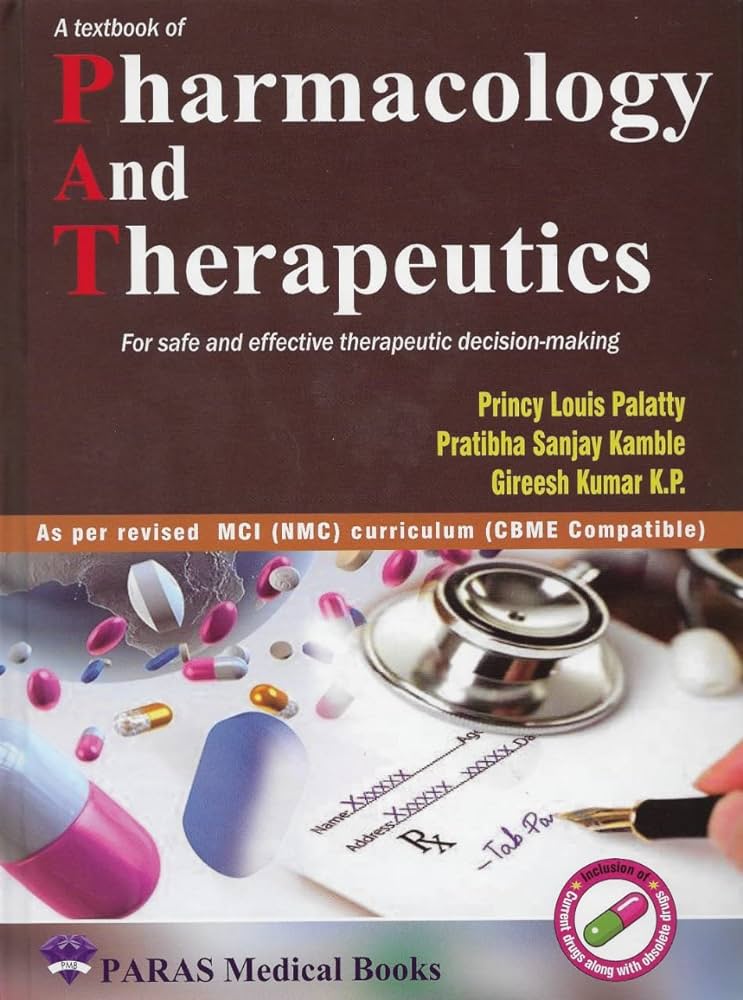Conformationally adaptive therapeutic peptides for diseases caused by intrinsically disordered proteins (IDPs). New paradigm for drug discovery: Target the target, not the arrow
IF 12.5
1区 医学
Q1 PHARMACOLOGY & PHARMACY
引用次数: 0
Abstract
The traditional model of protein structure determined by the amino acid sequence is today seriously challenged by the fact that approximately half of the human proteome is made up of proteins that do not have a stable 3D structure, either partially or in totality. These proteins, called intrinsically disordered proteins (IDPs), are involved in numerous physiological functions and are associated with severe pathologies, e.g. Alzheimer, Parkinson, Creutzfeldt-Jakob, amyotrophic lateral sclerosis (ALS), and type 2 diabetes. Targeting these proteins is challenging for two reasons: i) we need to preserve their physiological functions, and ii) drug design by molecular docking is not possible due to the lack of reliable starting conditions. Faced with this challenge, the solutions proposed by artificial intelligence (AI) such as AlphaFold are clearly unsuitable. Instead, we suggest an innovative approach consisting of mimicking, in short synthetic peptides, the conformational flexibility of IDPs. These peptides, which we call adaptive peptides, are derived from the domains of IDPs that become structured after interacting with a ligand. Adaptive peptides are designed with the aim of selectively antagonizing the harmful effects of IDPs, without targeting them directly but through selected ligands, without affecting their physiological properties. This “target the target, not the arrow” strategy is promised to open a new route to drug discovery for currently undruggable proteins.
构象适应性治疗肽对内在无序蛋白(IDPs)引起的疾病。药物发现的新范例:瞄准目标,而不是箭头。
由氨基酸序列决定的传统蛋白质结构模型今天受到了严重的挑战,因为大约一半的人类蛋白质组是由部分或全部不具有稳定3D结构的蛋白质组成的。这些蛋白质被称为内在失调蛋白(IDPs),参与许多生理功能,并与严重的病理有关,如阿尔茨海默病、帕金森病、克雅氏病、肌萎缩侧索硬化症(ALS)和2型糖尿病。针对这些蛋白质具有挑战性,原因有二:1)我们需要保持它们的生理功能;2)由于缺乏可靠的起始条件,通过分子对接设计药物是不可能的。面对这一挑战,像AlphaFold这样的人工智能(AI)提出的解决方案显然不适合。相反,我们建议一种创新的方法,包括模仿,在短合成肽,IDPs的构象灵活性。这些肽,我们称之为适应性肽,来源于与配体相互作用后形成的IDPs结构域。适应性肽的设计目的是选择性地拮抗IDPs的有害作用,不直接靶向它们,而是通过选择的配体,而不影响它们的生理特性。这种“瞄准目标,而不是瞄准箭头”的策略有望为目前无法药物的蛋白质开辟新的药物发现途径。
本文章由计算机程序翻译,如有差异,请以英文原文为准。
求助全文
约1分钟内获得全文
求助全文
来源期刊
CiteScore
23.00
自引率
0.70%
发文量
222
审稿时长
90 days
期刊介绍:
Pharmacology & Therapeutics, in its 20th year, delivers lucid, critical, and authoritative reviews on current pharmacological topics.Articles, commissioned by the editor, follow specific author instructions.This journal maintains its scientific excellence and ranks among the top 10 most cited journals in pharmacology.

 求助内容:
求助内容: 应助结果提醒方式:
应助结果提醒方式:


